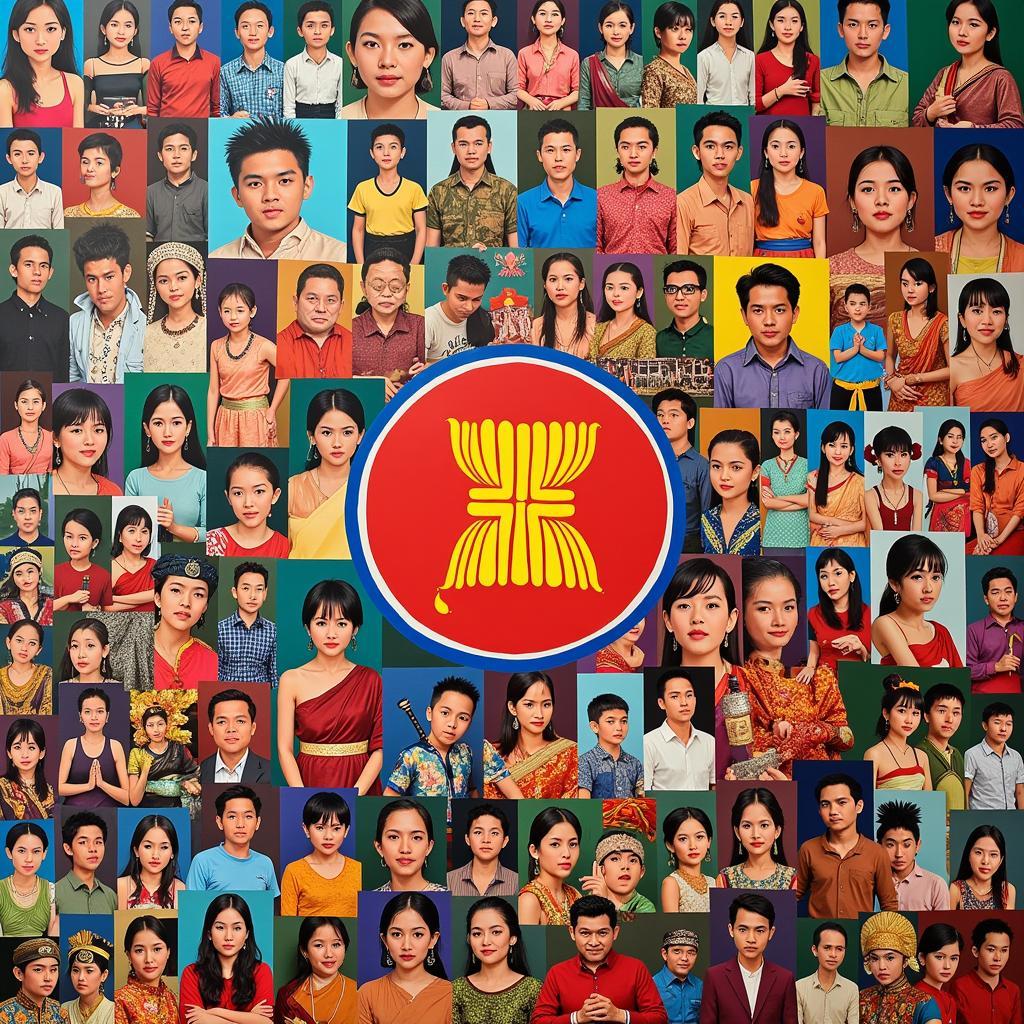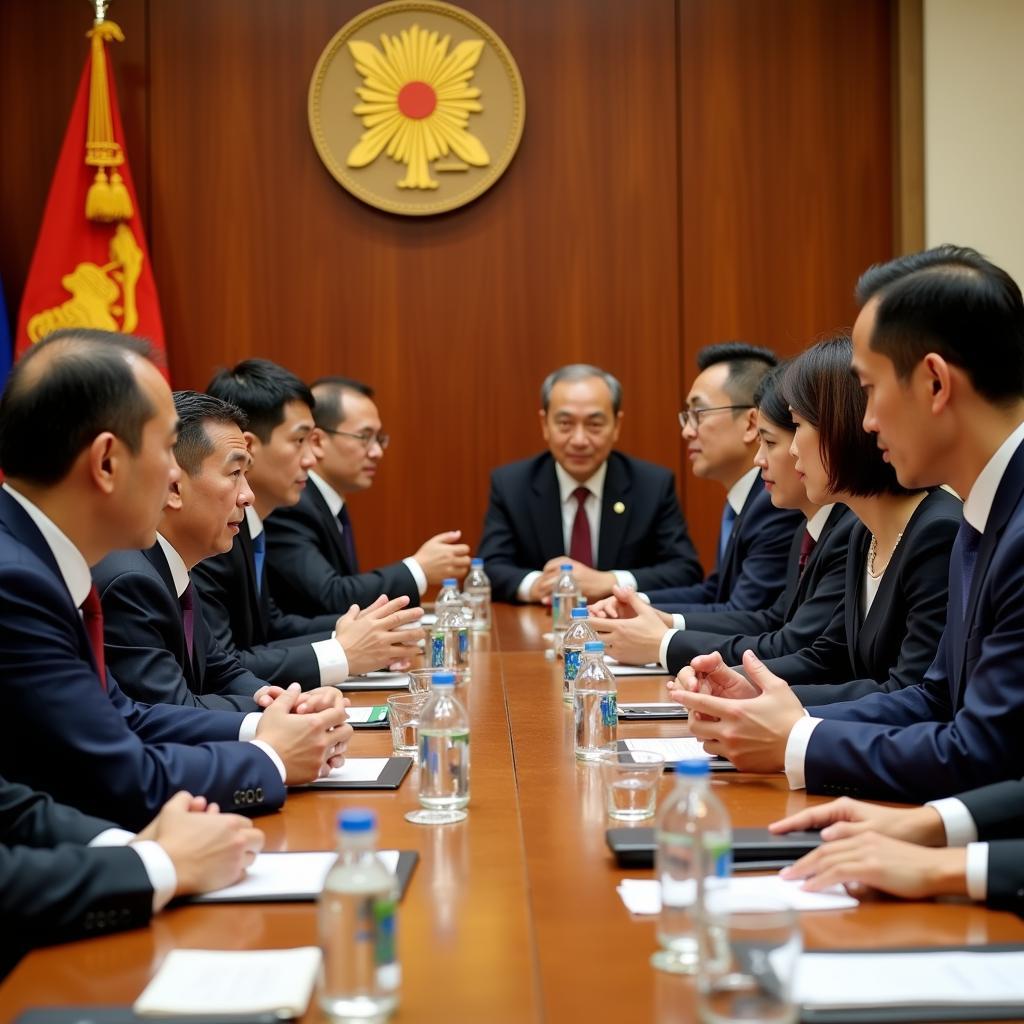The Association of Southeast Asian Nations, or ASEAN as it’s widely known, is a dynamic region teeming with diversity, opportunity, and a rich tapestry of cultures. If you’re looking to understand this fascinating part of the world, here are 15 Facts About Asean that offer a glimpse into its significance on the global stage.
A Region of Remarkable Diversity
From the bustling megacities of Southeast Asia to its serene countryside, ASEAN is a melting pot of ethnicities, languages, religions, and traditions.
-
Ten Member States Strong: ASEAN comprises ten countries: Brunei, Cambodia, Indonesia, Laos, Malaysia, Myanmar, the Philippines, Singapore, Thailand, and Vietnam. Each member brings unique traditions and heritage to this dynamic bloc.
-
A Tapestry of Languages: Over 800 languages are spoken across ASEAN, reflecting its incredible linguistic diversity. While each country has its own national language, Malay acts as ASEAN’s working language, facilitating communication and understanding.
-
A Spectrum of Religions: Religious tolerance and harmony are cornerstones of ASEAN societies. From Buddhism in Thailand and Myanmar to Islam in Malaysia and Brunei, and Christianity in the Philippines, the region embraces religious freedom and peaceful coexistence.
 Cultural Diversity in ASEAN
Cultural Diversity in ASEAN
Economic Powerhouse in the Making
ASEAN is rapidly gaining recognition as a global economic force, driven by a young and growing population, increasing urbanization, and rising middle class.
-
A Young and Vibrant Population: With a median age of just under 30, ASEAN boasts a young and dynamic workforce, injecting energy and innovation into its economy.
-
Strategic Location, Global Trade Hub: Situated at the crossroads of major shipping lanes, ASEAN serves as a strategic hub for global trade. Its geographical advantage facilitates international commerce and investment.
-
Thriving Tourism Industry: From ancient temples and pristine beaches to bustling cities and natural wonders, ASEAN offers a diverse range of attractions, making tourism a key economic driver.
 ASEAN Economic Growth Chart
ASEAN Economic Growth Chart
ASEAN’s Journey: From Concept to Reality
The formation and evolution of ASEAN signify a shared commitment to regional cooperation and peaceful coexistence among its member states.
-
Founded on Collaboration: Established in 1967, ASEAN was founded on the principles of peace, cooperation, and economic growth, aiming to foster stability and prosperity in Southeast Asia.
-
ASEAN’s Charter: A Milestone Achieved: The 2007 ASEAN Charter marked a pivotal moment, transforming the association into a rules-based organization with legal personality, furthering its integration and influence.
-
ASEAN Community: A Vision for the Future: The establishment of the ASEAN Community, based on three pillars – political-security, economic, and socio-cultural cooperation – underscores the region’s commitment to deeper integration and shared progress.
Addressing Challenges, Shaping the Future
ASEAN faces a dynamic landscape of opportunities and challenges, ranging from economic disparities to environmental concerns and security issues.
-
Bridging the Development Gap: ASEAN is actively working to bridge the development gap between its member states, promoting inclusive growth and equitable distribution of benefits.
-
Climate Change: A Collective Concern: Being one of the regions most vulnerable to climate change, ASEAN nations are actively collaborating on initiatives to mitigate its impact and promote sustainable development.
-
Navigating Geopolitical Dynamics: In a complex geopolitical landscape, ASEAN plays a crucial role in maintaining regional stability and fostering dialogue among major powers.
 ASEAN Summit Meeting
ASEAN Summit Meeting
Did You Know?
Beyond the well-known facts, ASEAN holds some intriguing aspects that might surprise you.
-
ASEAN’s Cultural Heritage: The region boasts a rich artistic heritage, from traditional dances like the Legong of Bali and the Fan Dance of Thailand to UNESCO World Heritage Sites like Angkor Wat in Cambodia and the Rice Terraces of the Philippine Cordilleras.
-
ASEAN’s Culinary Delights: Food is an integral part of Southeast Asian culture, and ASEAN nations offer a tantalizing array of flavors. From the spicy curries of Thailand to the fragrant pho of Vietnam and the rich rendang of Indonesia, ASEAN is a food lover’s paradise.
-
ASEAN’s Digital Potential: With a rapidly growing digital economy, ASEAN is witnessing a surge in e-commerce, online services, and technological innovation, creating new opportunities and transforming the region’s economic landscape.
Conclusion
These 15 facts offer just a glimpse into the multifaceted world of ASEAN. As a region brimming with potential and driven by a shared vision of peace, stability, and prosperity, ASEAN continues to capture global attention.
Understanding ASEAN is not just about knowing its geography or statistics; it’s about appreciating its cultural richness, embracing its diversity, and recognizing its growing role in shaping the future of Southeast Asia and the world. If you’re eager to delve deeper into specific aspects of ASEAN, you can explore more about ASEADO in English or discover the intriguing world of ASE Patches Location. For those interested in the ASEAN Agreement on E-Commerce, the ASE A5 questions and answers section provides valuable insights.
